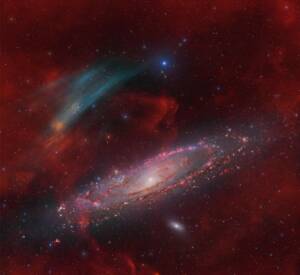
Discovery of the M31 [OIII] emission arc
Recently, a major discovery by an international team of amateur astronomers and scientists has become a huge online hit, and this new discovery is just located in one of the
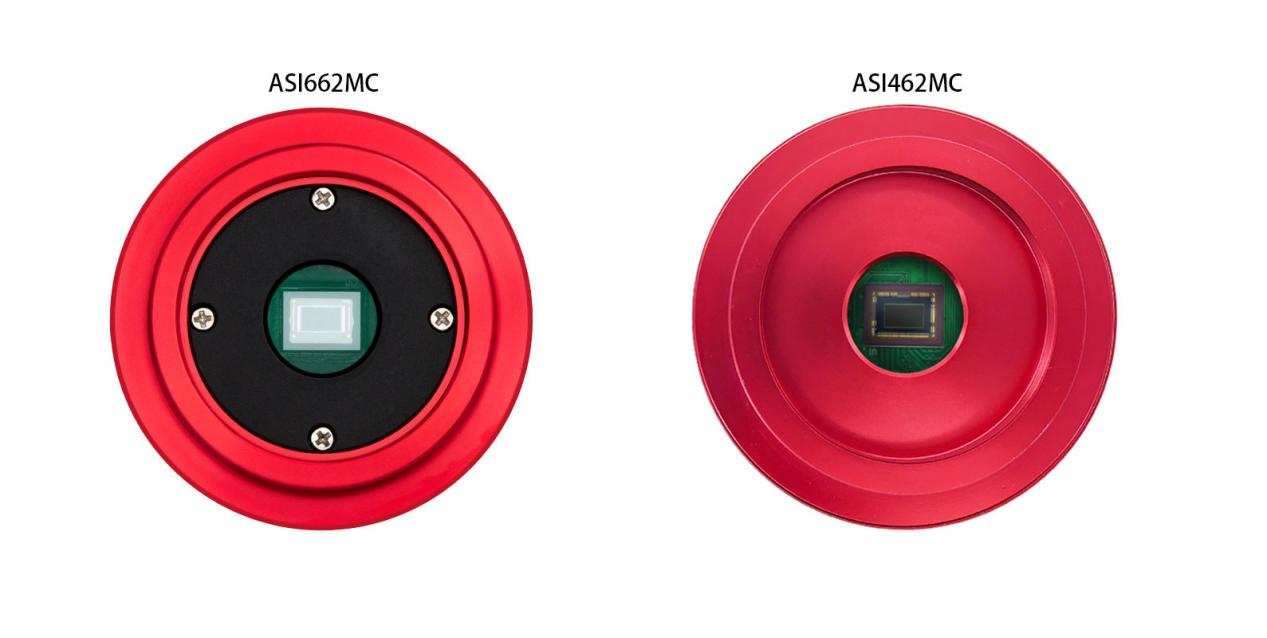
The ASI662MC and ASI462MC are both entry-level planetary cameras from ZWO that can meet the needs of beginner astrophotographers. They are cameras that you can easily use even if you don’t do too much research.
In fact, the ASI462MC has been discontinued and replaced by the upgraded ASI662MC, and the performance improvement is definitely worth the money.
First, compare these two cameras side by side to see the differences.

The ASI662MC has a compelling infrared light capture capability, super high sensitivity, and ultra-low readout noise, which makes it excellent in planetary, solar, and lunar photography. It also has anti-amp-glow characteristics, which is an excellent bonus for post-processing.
As an iteration of the ASI462MC, the ASI662MC has made upgrades in the following four areas, and its performance is becoming increasingly outstanding!
The ASI662MC uses SONY’s new technology, which has much lower readout noises and a larger full well capacity than the previous generation Sensor, making the camera’s dynamic range greatly improved. The ASI662MC has more than three times the full well capacity of the ASI462MC, which can effectively avoid overexposure and allow for long exposures.
Compared to the ASI462MC, the images taken with ASI662MC have significantly better brightness and contrast. Even in low light conditions, ASI662MC can capture very clear celestial images.
In images, the most typical form of amp-glow is a bright spot, which often appears at the edge of the image. Amp-glow comes from false signals from the CCD/CMOS external circuit and components (such as amplifiers and ADCs).
After the external circuit and components are powered on, they may generate various electromagnetic interferences or emit certain wavelengths of light (such as infrared light), among which the most significant is amplifier glow. It needs to be deducted through calibration frames in post-processing, which increases the difficulty for novice users.
The ASI662MC adopts anti-amp-glow technology, which maximizes the camera’s photography performance, and the image is clean whether you are using long exposures or high gain values.

The quantum efficiency of the ASI662MC is higher. Under the same gain conditions, the required exposure time can be shorter, which means the camera has higher sensitivity.


Finally, let’s take a look at the product’s appearance. The structure designs of the two planetary cameras are similar, but the ASI662MC has four more screws than the ASI462MC to securely lock the M42 adapter ring and avoid unscrewing the M42 adapter ring when removing the OAG or T-tube. Overall, the outer structure of the ASI662MC camera is more user-friendly.

The appearance of the ASI662MC is similar to that of previous planetary cameras, with the ZWO’s iconic red color, ST4 interface, and USB 3.0 interface. The ST4 combined with the ASIStudio software’s guiding function is a great tool for amateurs to help correct polar alignment errors.


Recently, a major discovery by an international team of amateur astronomers and scientists has become a huge online hit, and this new discovery is just located in one of the
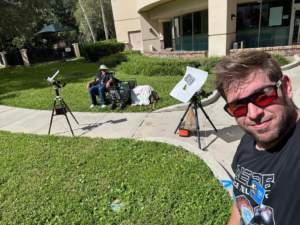
That 11-year-old boy staring at Horsehead Nebula photo would never have imagined… Decades later, he’d be capturing amazing deep-sky images from his Florida backyard! “ It was amazing to see

Hello,Sara Harvey,thanks for accepting our interview invitation. Congratulations on winning the ASIWEEK competition in week! Q1: At first, congratulation that your nice image won #ASIWEEK. Can you introduce yourself to

Astrophotography is more than just capturing images of the night sky—it’s a journey of discovery, patience, and creativity. For this passionate astrophotographer, what started as a chance encounter with a
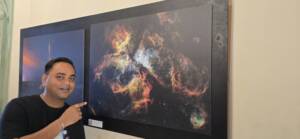
Taranjot Singh, an Indian origin Australian astrophotographer who is making waves on the international stage. Taranjot has been recognized as one of the Top 5 finalists in the prestigious Siena
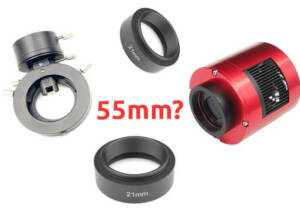
The back focal length is advised by telescope manufacturers. Since most telescopes have a 55mm back focal length, we are here to provide detailed instructions for all ASI cooled cameras.Please